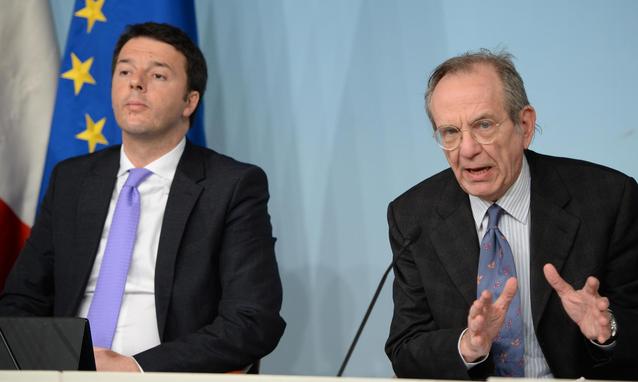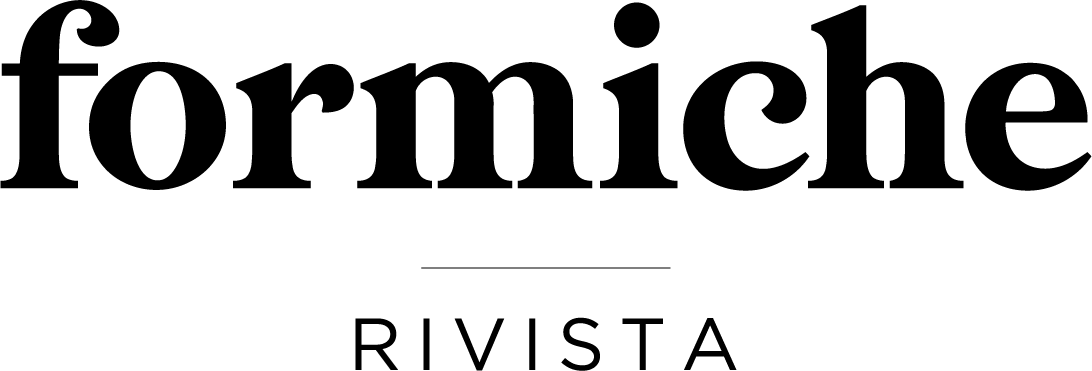Yesterday, the Italian government approved the “Documento di Economia e Finanza” (Def), which is composed of two main sections: the stability program, which deals with the macroeconomic and fiscal projections for the years 2014 to 2018, and the national program of reform (PNR), which is an update of the structural reforms and growth measures already approved and in the pipeline.
With respect to the last update (September-October 2013), GDP growth projections have been revised lower across the whole forecast horizon, while fiscal forecasts look less favorable, reflecting the new growth picture (for the detailed figures see the table below). It is important to clarify that all these projections only take into account measures already formally approved. Therefore, they do not include the growth measures announced by Prime Minister Matteo Renzi on 12 March.
■ Overall, the new GDP forecasts looks more credible than the previous ones, particularly in 2014 and 2015 (0.8% and 1.3% respectively, from the previous 1.1% and 1.7%). Note that our GDP forecasts are slightly higher than the government’s (0.9% in 2014 and 1.4% in 2015), as we have already taken into account the growth measures announced by Mr. Renzi – for more details please see the March issue of the UniCredit Chartbook.
■ Even after the revision, the fiscal projections show that the consolidation process remains on track. The deficit-to-GDP has been increased slightly up to take into account the negative impact of the lower growth profile, which, however, will be partly offset by the beneficial effect of the lower interest expenditure. The deficit-to-GDP is expected to be 2.6% this year and 1.8% in 2015. It is important to note that the government remains committed to a broadly balanced structural budget in 2015.
■ The public debt path was revised up substantially, more in line with our expectations. The debt/GDP ratio is expected to start declining in 2015 (to 133.3%), rather than 2014 as previously expected. In 2014 the debt-to-GDP is expected to peak at the very high level of 135%, or 131.1% when excluding the EFSF/ESM contributions.
The structural reforms and growth measures contained in the PNR include: 1. a reduction of the tax wedge, envisaging a cut in personal income tax (worth EUR 10bn at full regime and EUR 6.6bn in 2014) and a cut in the regional income tax (IRAP) rate for private firms by 10%; 2. the repayment of an additional tranche of public administration arrears, which should be worth EUR 13bn by 3Q14 (totaling EUR 60bn, when we take into account about EUR 47.0bn already approved by the previous governments). This looks to fall short of the previous announcements made by Mr Renzi, which referred to EUR 68bn; 3. the overhaul of the labor market (the so called Jobs Act) – for more details please see our Economic Flash “Renzi’s first round of reform to kick-start the economy”.
With respect to these measures, yesterday Mr. Renzi pledged to have all of them converted into a law decree in two weeks’ time (18 April).
■ We think that these measures to revamp economic activity, particularly the cut in the component of the tax wedge related to the taxes levied on employees as well as the repayment of the public administration arrears, will be effective in lifting economic growth somewhat. Nevertheless, we continue to think that cutting significantly the tax wedge in the component related to taxes and contributions levied on the employer would be a much more effective way of tackling Italy’s structural problem of excessive unit labor cost growth.
■ Although we still lack some details, the Def is likely to confirm that the implementation of the growth measures should be budget neutral and won’t, therefore, affect the fiscal projections presented in the stability program. This has swept away concerns about the government’s commitment to keeping the deficit on a downward trajectory firmly below 3%. In a nutshell, the personal income tax cut will be financed mainly via the spending review process – worth EUR 32bn over the period 2014-2016, EUR 4.5bn of which will come in 2014 – while the cut in the IRAP will be offset by an increase in the withholding tax on financial income (with the tax rate being raised from 20% to 26%).
■ Finally, another good news is that the government pledged to slightly increase the proceeds from privatizations in the coming years, from 0.5% of GDP previously estimated to 0.7%. We think that there is further room to increase the revenues from privatizations (see our note: “Renzi should look at the upside from privatizations”) but, still, we welcomed the attempt to give a boost to the privatization plan.
Ecco la pagella di Unicredit al Def di Renzi
Di








